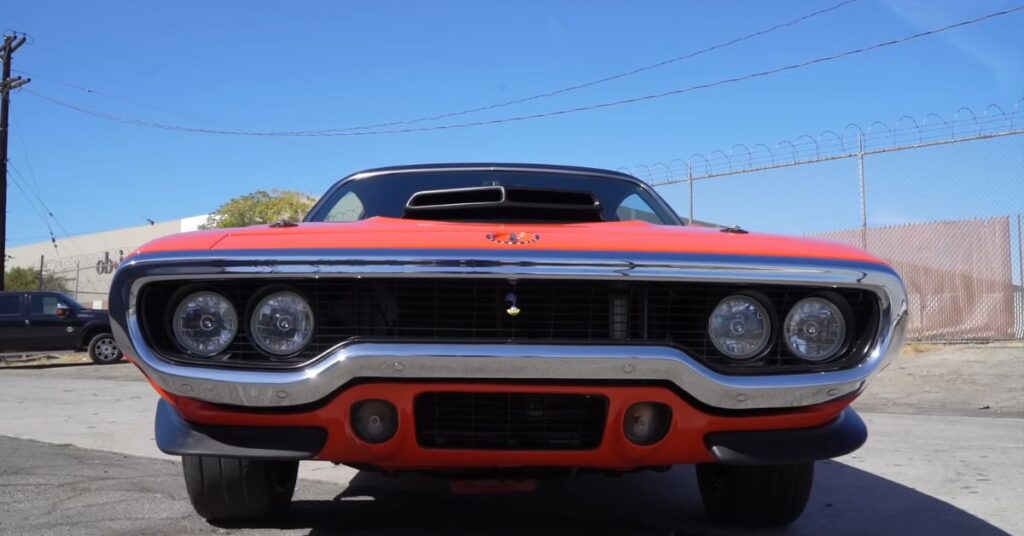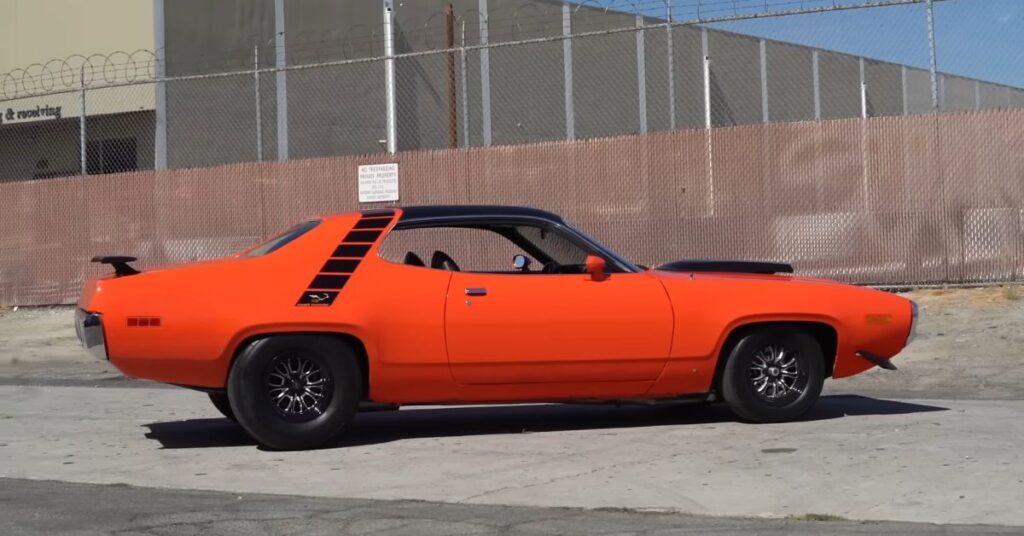Welcome, fellow car enthusiasts! Today, we embark on an exhilarating journey into the realm of a true automotive legend: the 1971 Roadrunner. Prepare yourself for an awe-inspiring exploration of a machine that embodies the very essence of old-school muscle cars, evoking a sense of raw power and nostalgic charm that continues to captivate and inspire enthusiasts worldwide. With an astounding 650 horsepower roaring under its hood, this Mopar beauty promises an unforgettable experience. So, fasten your seatbelts and join us as we delve into the heart-pounding exhilaration, timeless allure, and thrilling adventures that await us on this remarkable road trip.
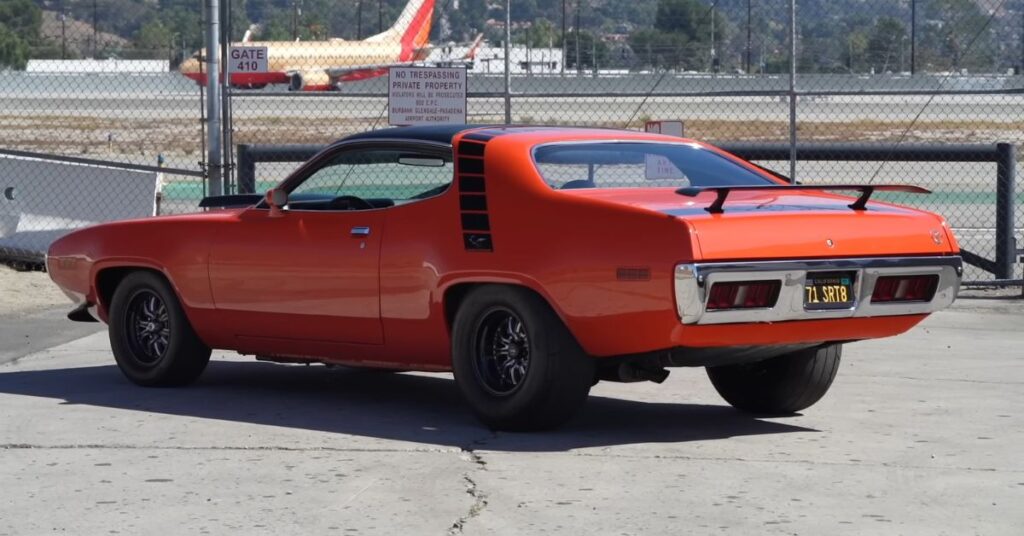
A Car with History
James’s journey with the 1971 Roadrunner began in 1975 when he acquired it as his high school graduation car. Over the years, he made various modifications to the car, turning it into a formidable force on the drag strip and the streets. However, in 1980, the Roadrunner went dormant, awaiting its revival.
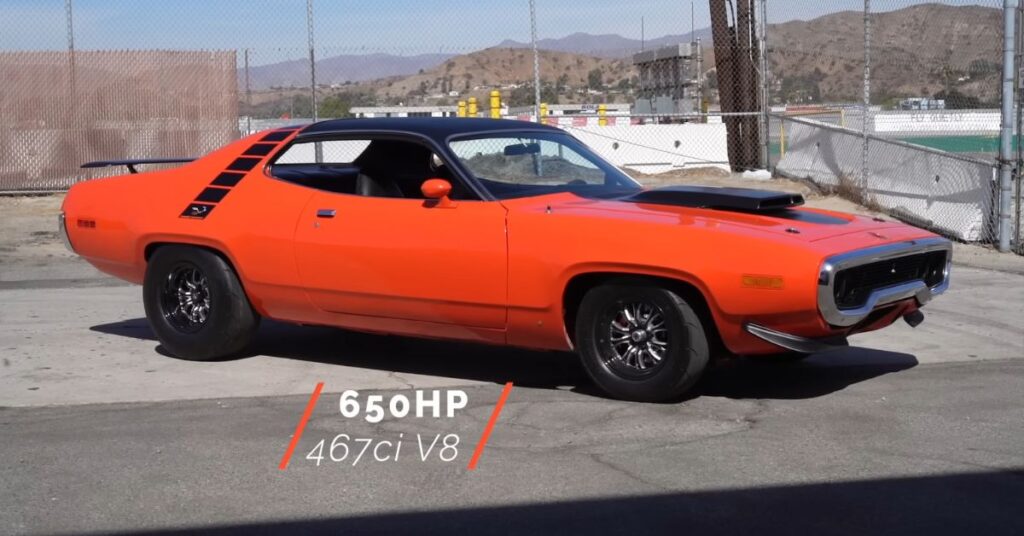
The Engine Powerhouse
Under the hood of this awe-inspiring Roadrunner lies a powerhouse of an engine. The car originally came equipped with a 383 engine, but James decided to take it up a notch. After experiencing a 440 engine, he decided to push the boundaries further.
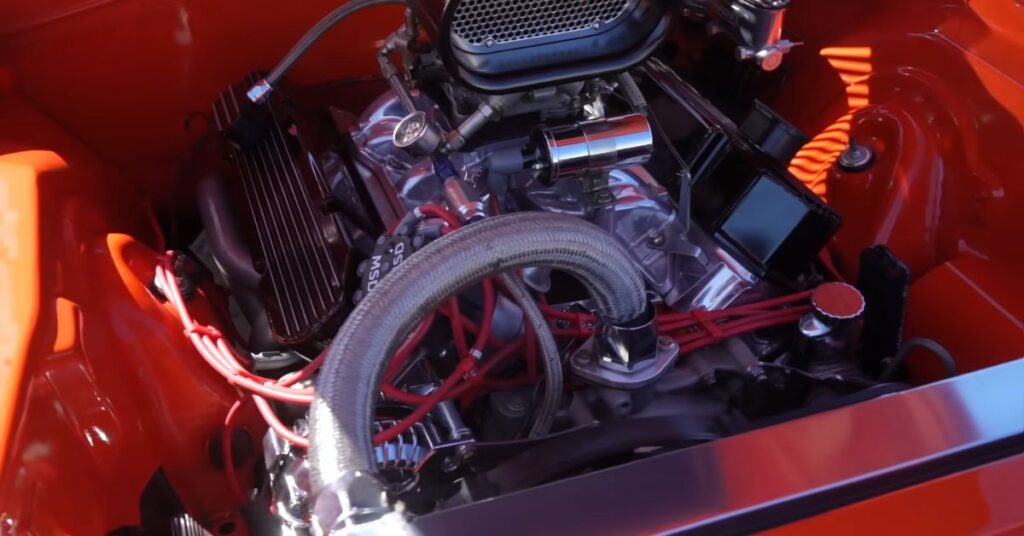
Currently, the Roadrunner boasts a stroked 400 engine, enlarged to a displacement of 467 cubic inches. James collaborated with Russ Bishop, a skilled race engine builder, to unleash the full potential of this beast. With a meticulously crafted engine featuring Ross racing pistons, a high-performance camshaft, and a forged bottom end, the Roadrunner now generates a mind-boggling 650 horsepower, all without the aid of power adders.
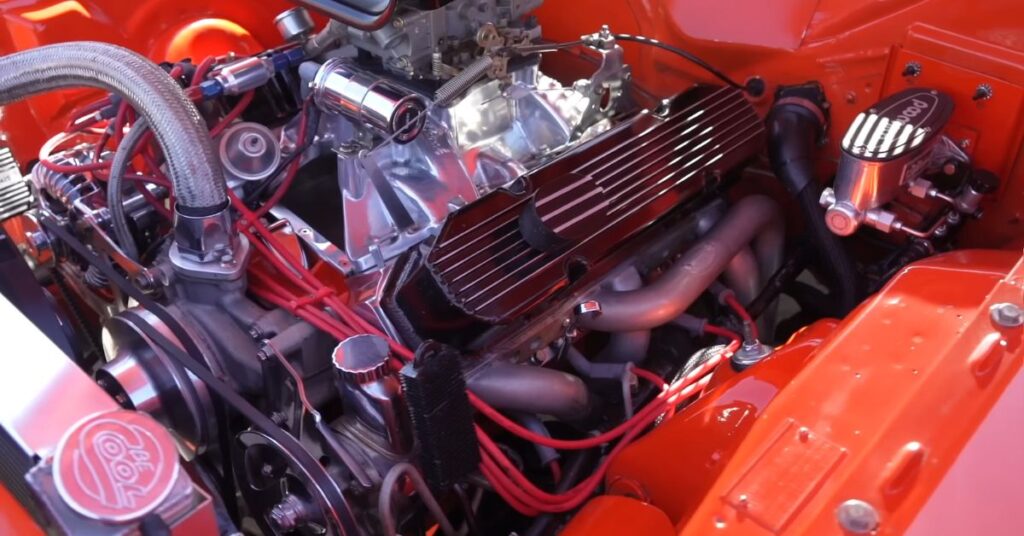
What sets this Roadrunner apart is its carbureted setup. In an era dominated by fuel injection, James opted to retain the classic charm of carburetion. The carburetor not only feeds the engine with air but also adds to the overall aesthetic appeal, creating an iconic look when the hood is popped.
Performance Transmission and Gearing
To handle the immense power generated by the engine, James equipped the Roadrunner with a modified 727 transmission. This three-speed automatic transmission has been upgraded with aftermarket parts and shift kits to ensure smooth power delivery and enhanced durability.
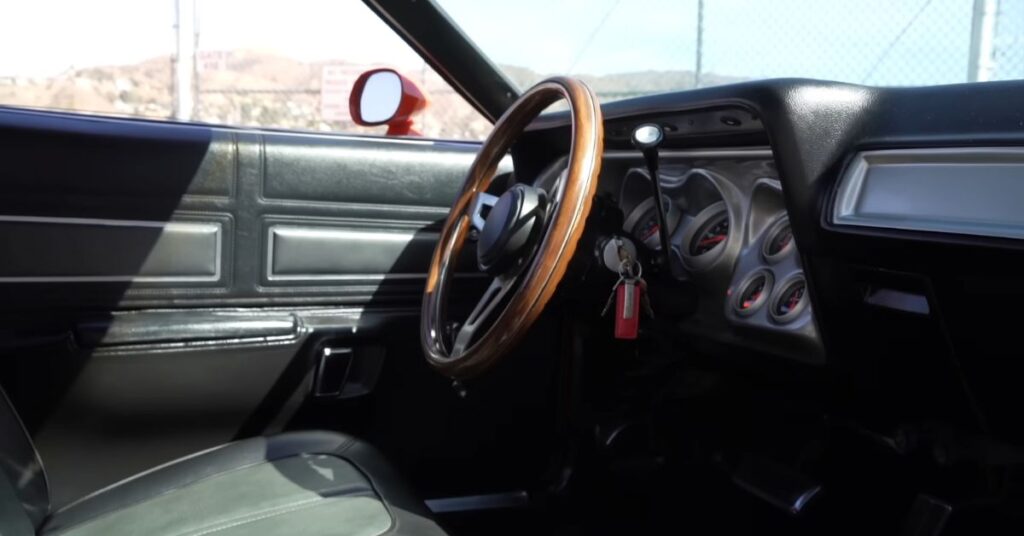
Gearing plays a crucial role in the car’s performance. The Roadrunner features a 3.55 gear ratio in the rear differential, combined with 30-inch tires. While the gearing provides excellent acceleration, it slightly compromises top speed due to the larger tire diameter. Nonetheless, it strikes a balance between power and drivability, making the Roadrunner a force to be reckoned with on the streets.
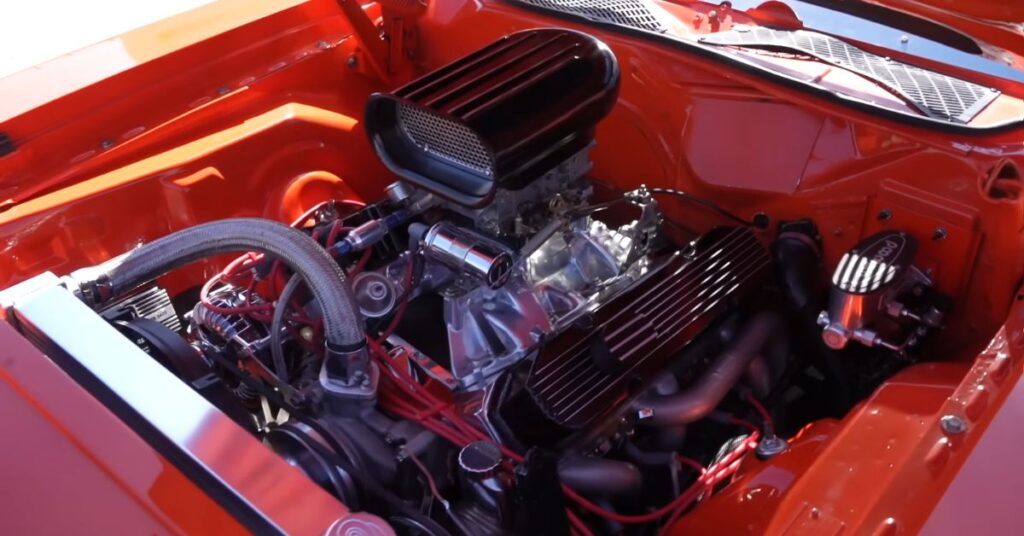
Suspension and Handling Upgrades
While the Roadrunner excels in straight-line performance, James also made enhancements to its suspension and handling characteristics. The stock suspension components have been modified to provide a stiffer and more responsive ride. A beefed-up sway bar, upgraded torsion bars, and Bilstein shocks contribute to improved stability and control.
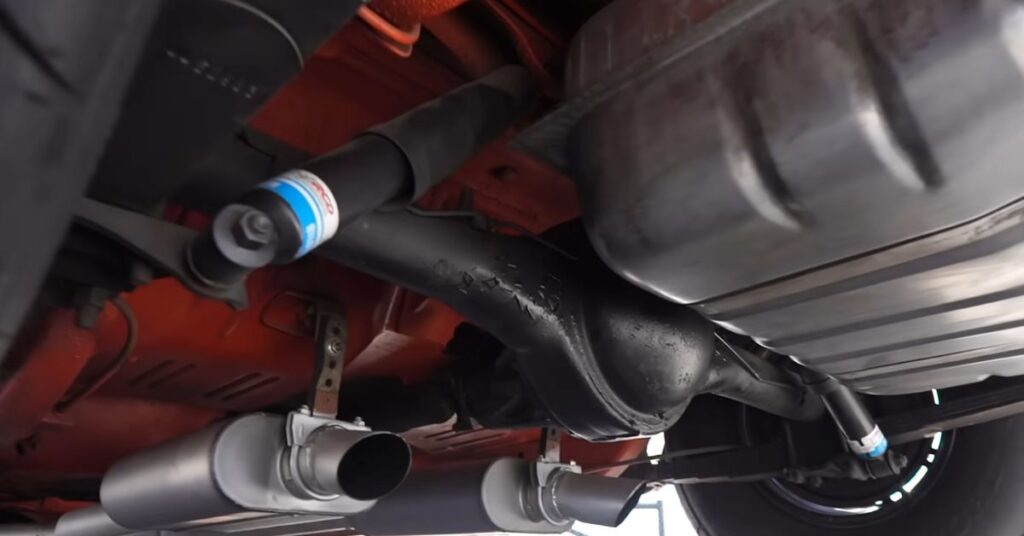
In the rear, the Roadrunner still features leaf springs, albeit upgraded with Mopar’s competition springs designed for drag racing. This combination of components ensures that the car remains a formidable contender on the quarter-mile while still offering a reasonably comfortable driving experience on regular roads.
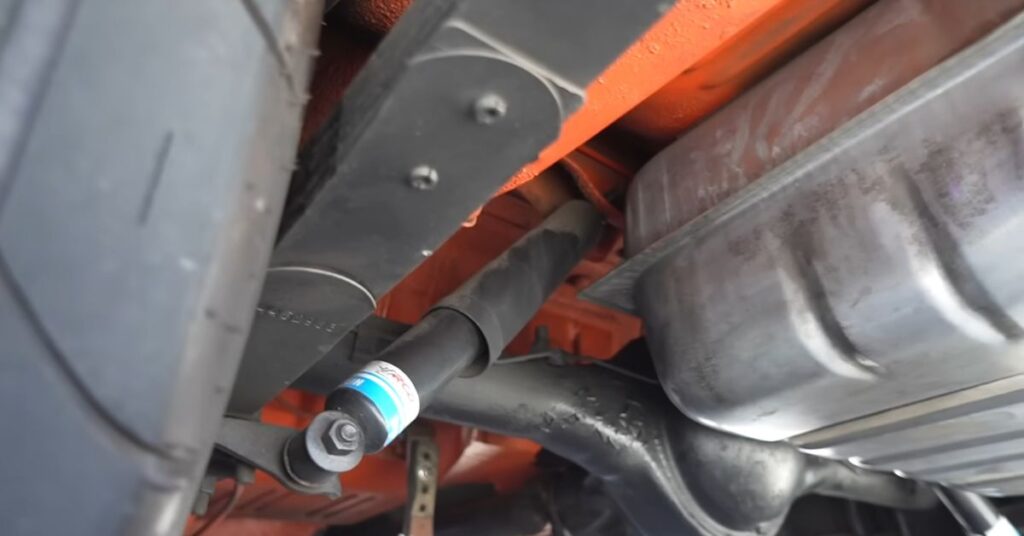
Brakes and Wheels
James’s preference for a nostalgic driving experience extends to the braking system. The Roadrunner is equipped with manual brakes, harking back to the era when the driver’s input played a more direct role in stopping the car. The wheel woods provide reliable stopping power, instilling a sense of connection between the driver and the vehicle.
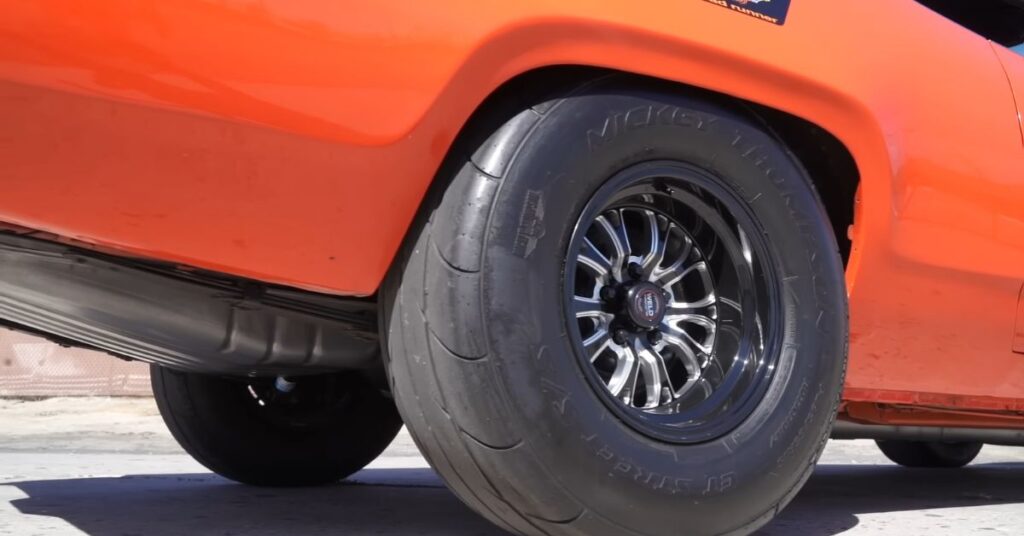
The wheels on this Roadrunner are classic 15-inchers, with 15×7 in the front and 15×10 in the rear. Complementing the wheels are Wheelwood rotors, further enhancing braking performance. To ensure proper traction, especially with the impressive power output, James opted for wider rear tires. The Roadrunner now rolls on 295/65 tires, measuring 30 inches tall, providing ample sidewall and increased grip.
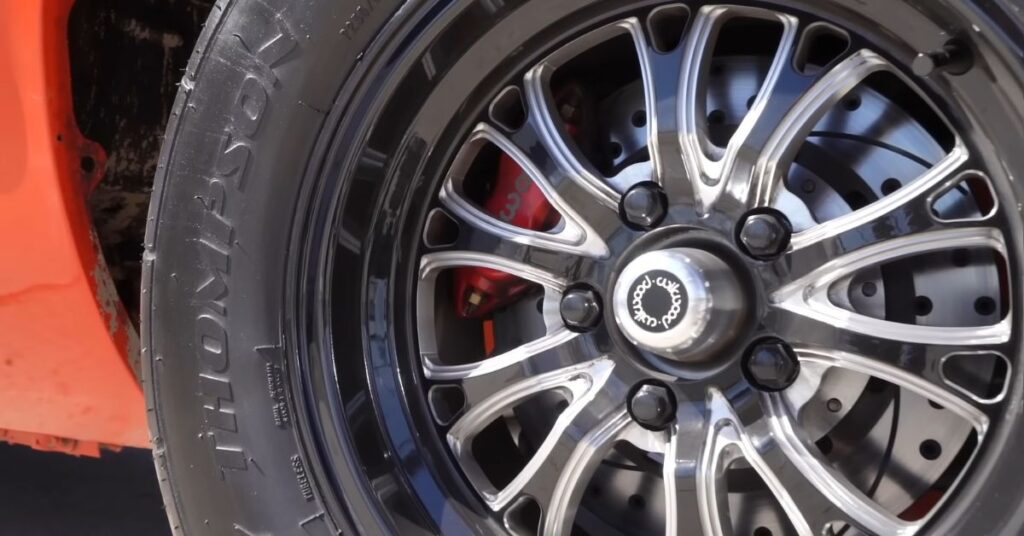
Interior Upgrades
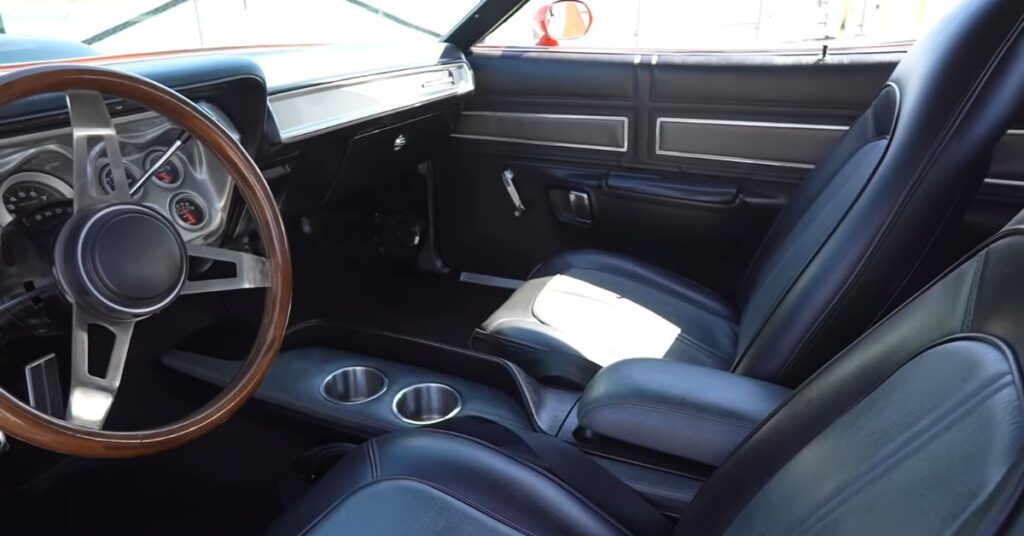
While preserving the car’s original aesthetics, James made some tasteful upgrades to the interior. The seats have been reupholstered, both in the front and back, ensuring a comfortable and refreshed cabin. The carpeting has been replaced, and the headliner and dash pad remain original, retaining the car’s authentic character.
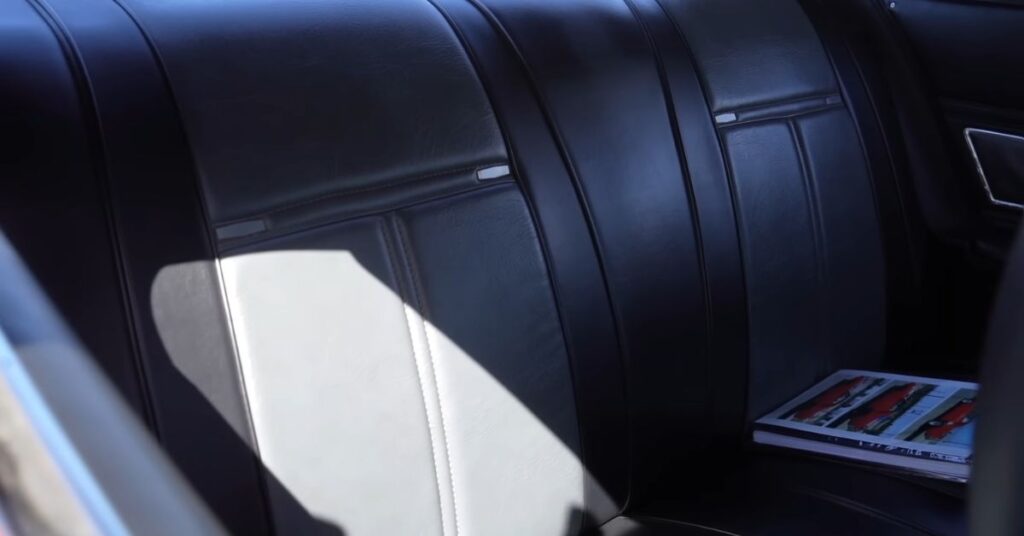
The most significant change can be found on the dash itself. Originally equipped with a bench seat and a column shift, James decided to update the instrument cluster for a more modern look and feel. Despite this alteration, he strived to maintain the car’s originality, ensuring that the modifications blend seamlessly with its heritage.
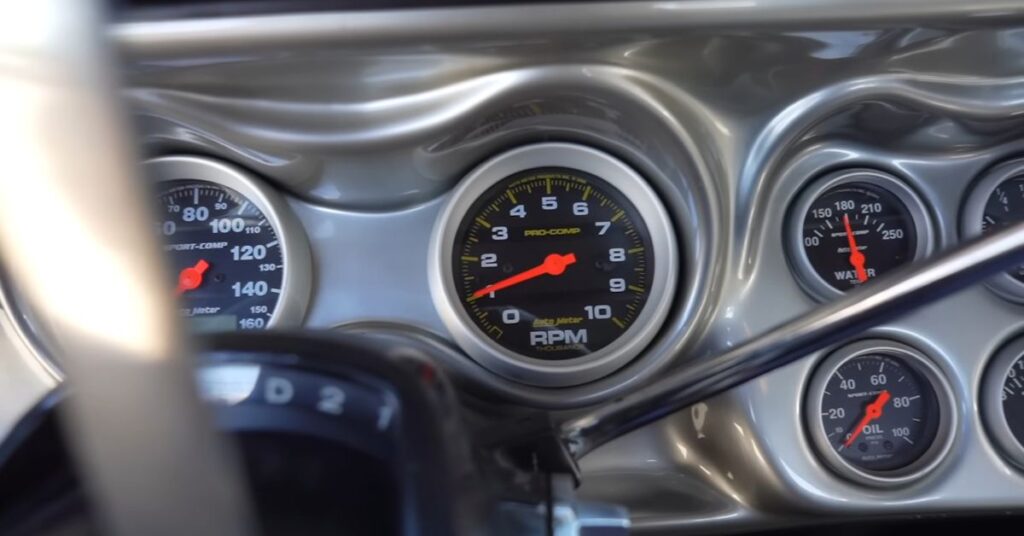
A Timeless Beauty
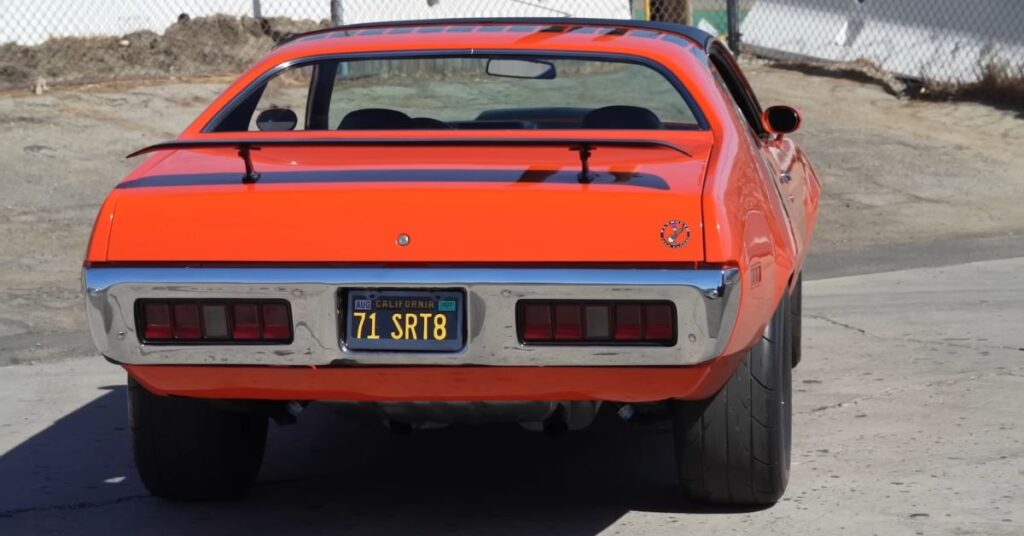
While the performance upgrades and mechanical prowess of the Roadrunner are undeniably impressive, its visual appeal is equally captivating. The iconic lines and aggressive stance of the 1971 model make it a head-turner wherever it goes. The flawless paint job, coupled with the California heritage and minimal rust, attest to James’s dedication to preserving its beauty.
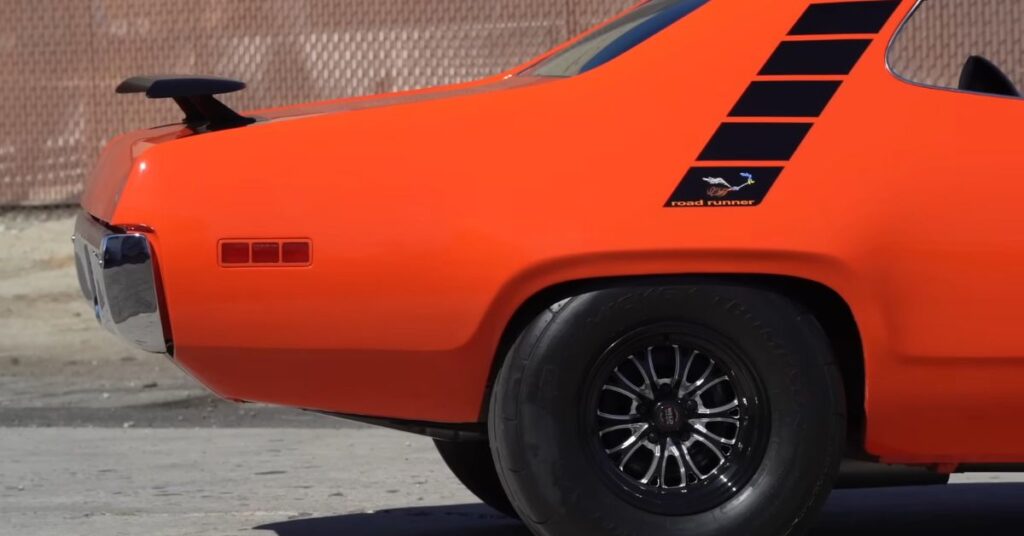
The subtle interior upgrades further enhance the overall aesthetic. The recovered seats, original headliner, and dash pad all contribute to the car’s vintage charm. The modernized instrument cluster, while a departure from the factory configuration, tastefully adds a touch of contemporary flair without compromising its classic identity.
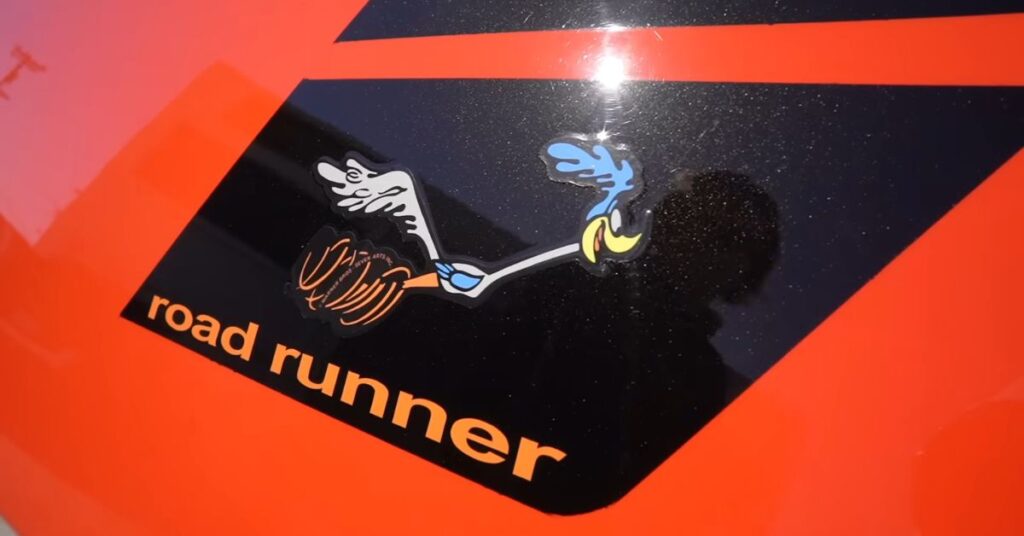
Conclusion
James’s 1971 Roadrunner represents the essence of old-school muscle cars, with its raw power, iconic design, and deep connection between man and machine. It’s a testament to the enduring allure and unwavering spirit of Mopar muscle. Embrace the nostalgia, unleash the beast within, and let the road become your playground as you experience the thrill of classic muscle car driving.
